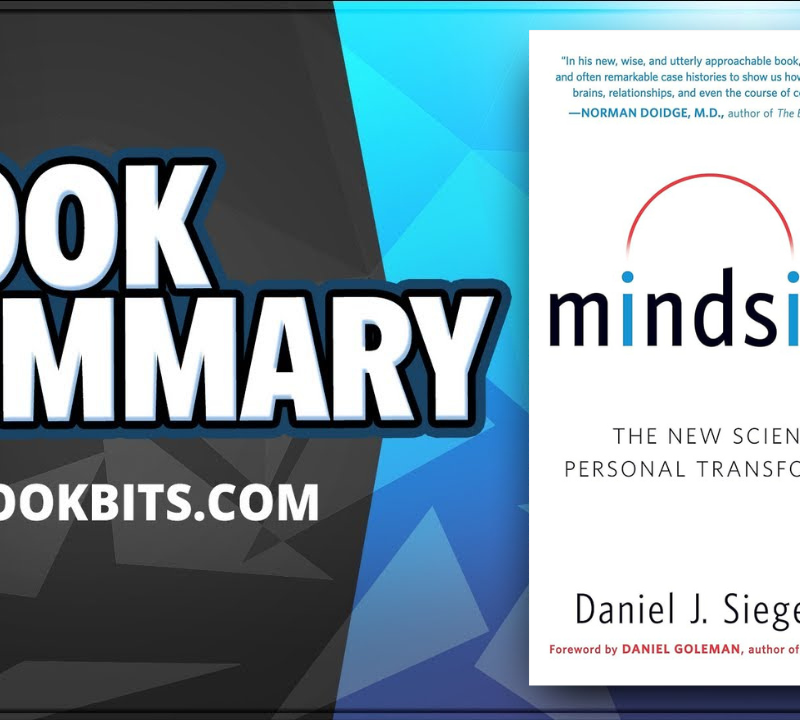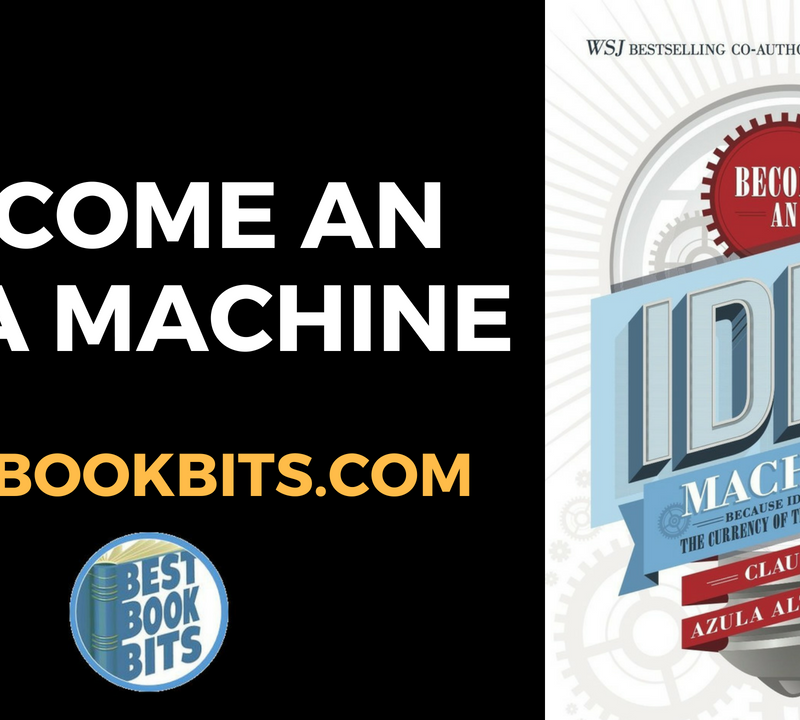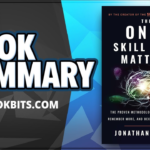GET THE 500+ BOOK SUMMARY BOX SET IN PDF & MP3 here
FOLLOW US HERE > |YouTube |Spotify | Instagram | Facebook | Newsletter | Website
10X is Easier Than 2X: How World-Class Entrepreneurs Achieve More by Doing Less by Dan Sullivan, Benjamin Hardy
Expanding upon one of his high-level foundational teachings: Strategic Coach co-founder Dan Sullivan explains why achieving 10X growth is easier than going for 2X growth.
Dan Sullivan, the world’s leading coach for highly successful entrepreneurs, wants you to know that achieving 10X growth is exponentially easier than striving for 2X growth. Most find this idea confusing at first because simply imagining 10X growth causes them to think they need to do 10X more work to achieve it. However, being a 10X entrepreneur is nothing like what most people think.
10X is not the outcome; it’s a counterintuitive process you can apply every time you want exponential growth in your life and business. To make 10X possible, you must focus on expanding what Dan defines as your four most important freedoms-time, money, relationship, and purpose. As your time becomes 10X more valuable, you increasingly multiply the money you earn both in terms of amount and profitable satisfaction. As money becomes a tool you can increasingly access with greater ease, you will engage with a growing number of other freedom-motivated individuals. As both your professional and personal life fills up with 10X more unique and collaborative relationships, you will realize that your most powerful purposes in all areas become 10X more lasting and positive for everyone involved. You will be impressed by what your life has become, and the meaning and impact you’re having.
10X is fundamentally about quality vs quantity, and the quality of your freedoms determines the results you achieve.
Chapter 1: The surprising simplicity of 10x growth
The main insight of this chapter is that whilst 2X seems easier than 10X growth, the opposite is actually the case.
With incremental growth everything seems important it’s hard to identify things to stop doing. However, 10X goals – impossible goals – force you outside your current level of knowledge and assumptions forcing you to step back.
In doing so, you find that whilst there are many paths to get to incremental results, there are actually very few paths to get to 10X results. Therefore, gaining this clarity around the activities and people in your life that are producing most of your results is critical.
The corollary of this is that 10X growth requires eliminating the 80% of existing clients, roles, behaviours and mindsets that are holding you back. This is what makes it so transformative, and why 10X can be easier and simpler and require less effort than 2X.
The challenge is to have the courage to let go of the 80% of things that seem so important. It doesn’t mean that you drop them entirely from your business but it does mean that other people need to take them on.
Recap: With 2X, everything seems important. With 10X, only a few things are important and that makes 10X simpler to pursue.
Chapter 2: 10X the quality of everything you do
The key insight in chapter two is that 10x is primarily a qualitative goal about quality and innovation. It’s not actually a quantitative goal.
Focusing on mastery – doing a few things extraordinarily well – will be far more effective than doing many things at a commonplace level.
Jimmy Donaldson, also known as Mr. Beast, demonstrates this thinking nicely. He explains that by making YouTube videos that are just 10% better than everybody else, you may get four times the number of views. In other words, an increase in quality produces exponential results.
The assertion here is that 10X goals are easier than 2X goals because they are less competitive and require you to go deep on a few things rather than broad on many things.
Putting it another way, 10X doesn’t require you to be 10X better than everyone else, but it does commit you to the path of mastery. It’s therefore more about identity than an aggressive action plan.
Recap: To go 10X, do radically fewer things, better.
Chapter 3: 10X embraces abundance and rejects scarcity
This chapter suggests that we don’t need 10X, but if get clear on our purpose, then we might want it enough to decide to pursue mastery in our unique ability (what we most have to give).
This chapter opens with an interesting discussion around “needing versus wanting.”
Needing is a scarcity mindset based on our sense that we have to justify to other people why we want what we want. We assume that if we want something, then somebody else will not have it. Instead, if we take a wanting approach to life, we can set ourselves 10X goals.
The reality is we never need 10X goals, but we might well want them, and we need to step into that ownership.
The chapter then continues to explore the idea of mastery, linking it to the idea of a Unique Ability. This is the way in which we provide the most value for other people, and that nobody else could ever replicate even if they wanted to.
Our unique ability probably shows up in many areas throughout our entire life. So, it’s important not to limit it to a very specific modality such as teaching, writing, consulting, leading.
When you have that confidence in your mastery, then you are liberated from having to continually be a “seller” of yourself. Instead, you can adopt a “buyer” mindset and only pursue opportunities and collaborations that fit with your 10X goals.
Once you get out of a scarcity mindset, you can set clear standards and boundaries. For example, what is the minimum value you are prepared to accept for your services? What kinds of opportunities will you accept, and what will you reject?
GET THE 500+ BOOK SUMMARY BOX SET IN PDF & MP3 here
FOLLOW US HERE > |YouTube |Spotify | Instagram | Facebook | Newsletter | Website
Recap: If you only pursue what you need, 10X isn’t for you. But if you decide you want it, commit to mastery in your Unique Ability.
Chapter 4: Uncover your 10X past to clarify your 10X future
The point of this chapter is to remind you that you’ve already made 10X leaps in the past, and can do so again.
Many high achievers are prone to being consistently frustrated and unsuccessful, regardless how much they’ve achieved. This is because they’re measuring themselves towards all the goals they’ve set themselves. However, these goals or ideals and no matter how far we move towards them, the further they recede because we simply up-level what we are working towards.
Instead, measure your progress against where you have been before. Don’t measure yourself against other people or any ideals. But look at how you have progressed. This creates a game you can win. Any situation can be harnessed for your learning.
This is the importance of reviewing progress against various timeframes. The progress in the last day, the last week, the last year and so on.
This chapter goes further and actually encourages you to list out your previous 10X leaps. Again, it’s important to remember that 10X is qualitative, not quantitative – so 10X leaps for Benjamin Hardy include being accepted for a PhD, getting married and starting a family, becoming a paid author, etc.
In this chapter, Benjamin Hardy and Dan Sullivan also introduce the idea of a “fitness function” and asks:
What are you optimising for?
What are the qualities you want to develop?
What are the standards by which you measure progress and success?
Recap: Whatever you focus on, you become. Whatever 10X improvement you would like to create, ask yourself who you would need to be to deliver the commensurate value.
Chapter 5: Take 150+ free days per year
The message of this chapter is that the days when you don’t think about your business at all are paradoxically going to help you advance your 10X goals faster than ever.
This chapter summarises Dan Sullivan’s well known time-blocking system:
Focus days for working on your key high-value activities, the “20%” that will get you to your 10X goal.
Buffer days for preparation (dealing with other necessary tasks that aren’t in your Unique Ability)
And Free days when you actually don’t focus on the business, which allows you to recover, explore new ideas, relax and connect
The counterintuitive truth is that the more free days you take, the more successful you are likely to be. Innovation and mastery require you to be rested, creative and exploring ideas outside your domain. And letting go of the low value 80% activity requires you to give your team the “gift of not being there”, allowing them to get on and own the work themselves.
Recap: If you’re working all the time, you won’t have the space and energy to effectively break through to 10X.
Chapter 6: Build a self-managing company
The insight of this chapter is that, ultimately, you want to create a culture where every team member is empowered to pursue their Unique Ability and 10X their value.
This chapter is built around describing the transitions between four levels of entrepreneurship that every business owner will need to pass through on their journey to 10X goals:
Level 1: Rugged individualist, doing everything yourself.
Level 2: Manager who has recruited a team around you.
Level 3: Leader who has extracted yourself fully from operations, with leaders in place to run everything, leaving you to focus on innovation in your Unique Ability and 10X yourself.
Level 4: Leader who has built a business where everyone, at all levels, is empowered to refine their scope continually to focus on their Unique Ability. As a result, the whole team is working on 10Xing themselves.
Recap: 10X isn’t just about you. It’s about everyone in your team learning to 10X their own value.
III. Key takeaways and actionable insights from “10X is Easier Than 2X”
There’s a lot in the book, and Dan Sullivan and Benjamin Hardy offer a entire list of takeaways at the end of each chapter – almost too many, I would argue! Here are, for me, the essential action points from the book:
Remember that 10X is qualitative, and means “playing at a whole new level” in some way. This is why I prefer to talk about “incremental vs exponential” or “breakthrough goals” to capture the same idea.
Take some time to get clear on what an inspiring 10X goal would look like, without feeling to justify why you need it. You can just want it.
Write down a draft version of your Unique Ability. Make sure it applies not just to your current work situation, but to your consistent zone of fascination, motivation and value-creation throughout the years.
The bottleneck is YOU, so find people to take on every task that is not related to your Unique Ability. Those are the tasks keeping you stuck on the hamster wheel.
Get specific about what you are optimising for and what pursing mastery will look like. How will you use your Unique Ability to innovate and raise the bar on quality?
When you feel discouraged, immediately check that you aren’t measuring yourself against your 10X goals, and instead remember – and celebrate – how far you have already come.
Take extensive time away from work, and don’t sneak work into free days. As every athlete knows, recovery is an essential part of high performance. Schedule your free days a year in advance, so they’re locked in, and you can plan around them.
Speak with your team about what their Unique Ability is, and give them permission to find ways to spend more time in that are.













